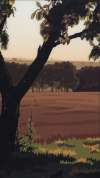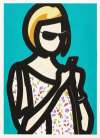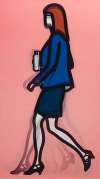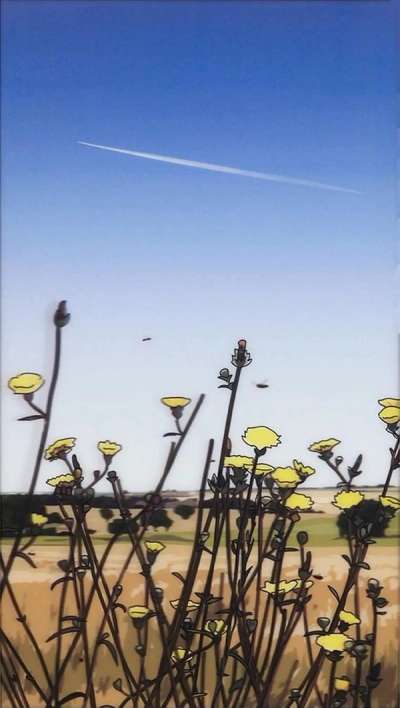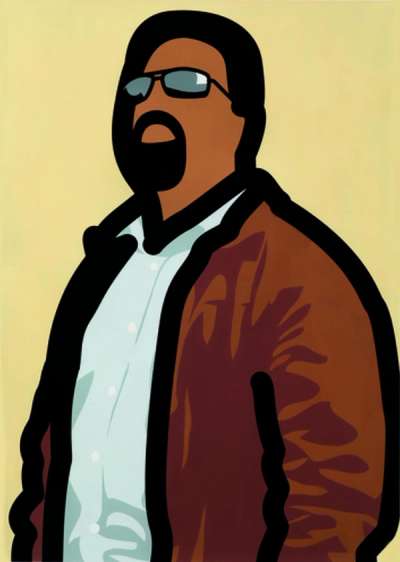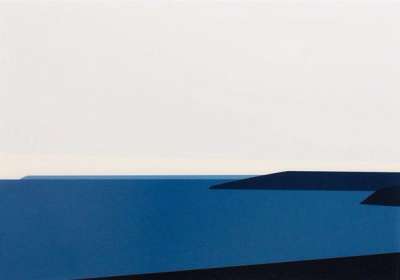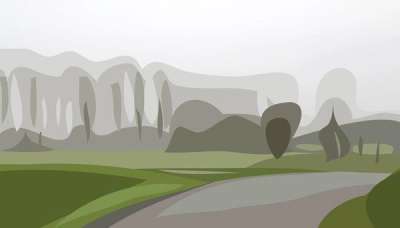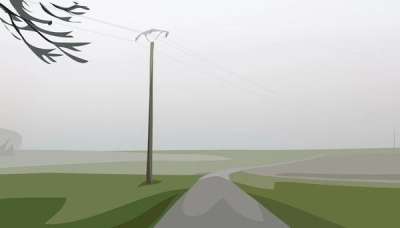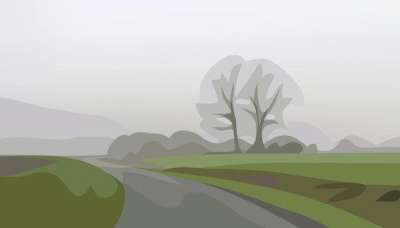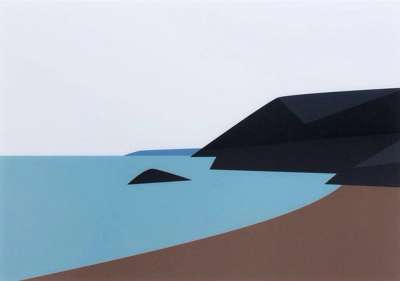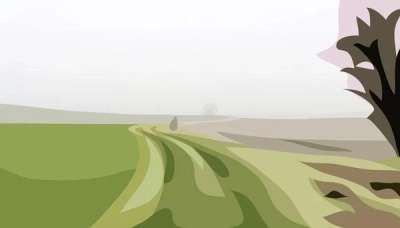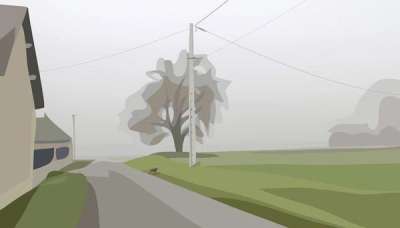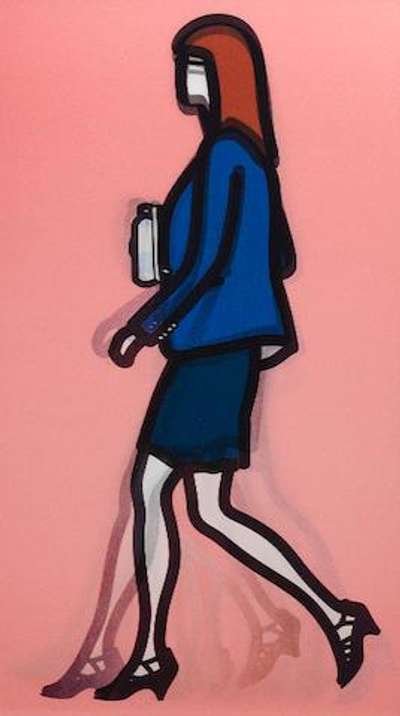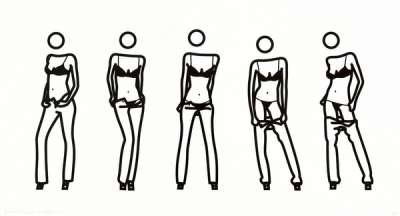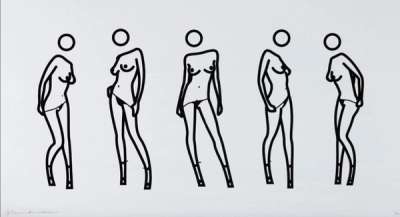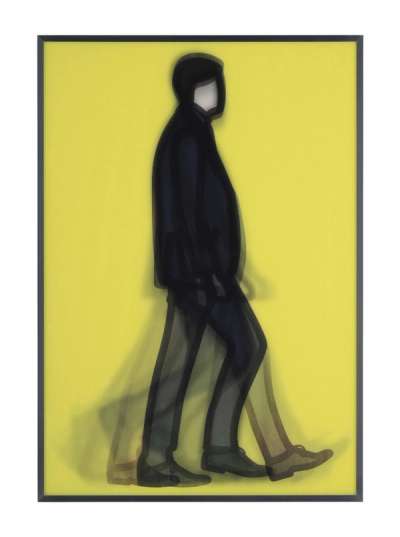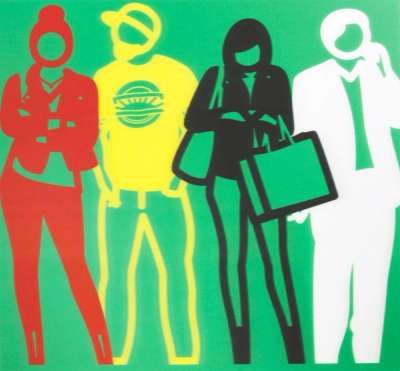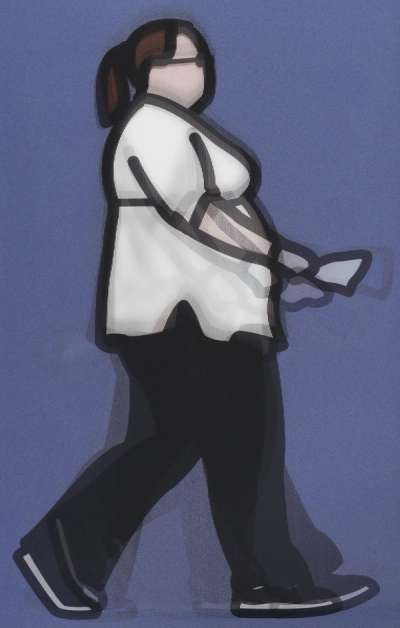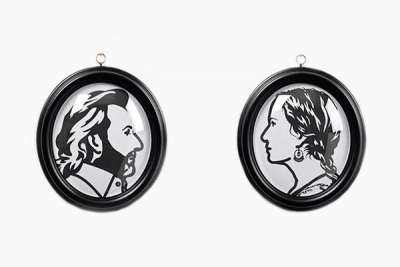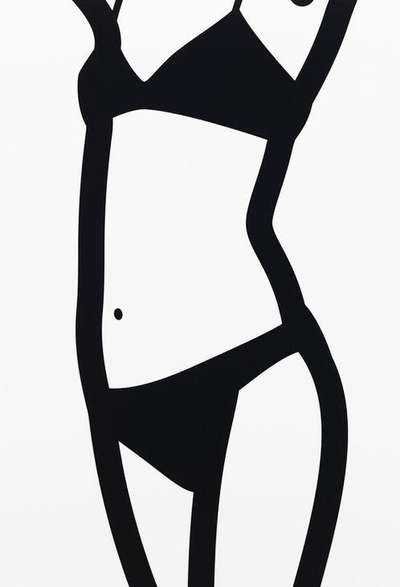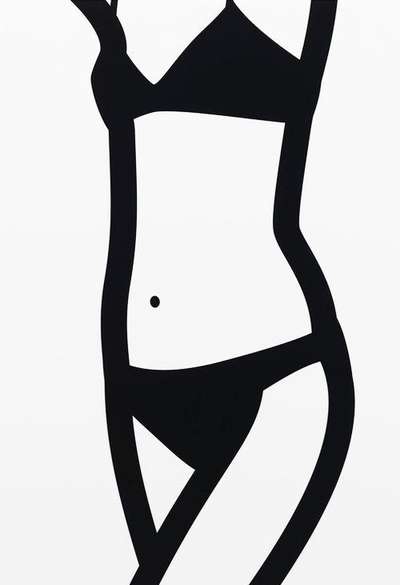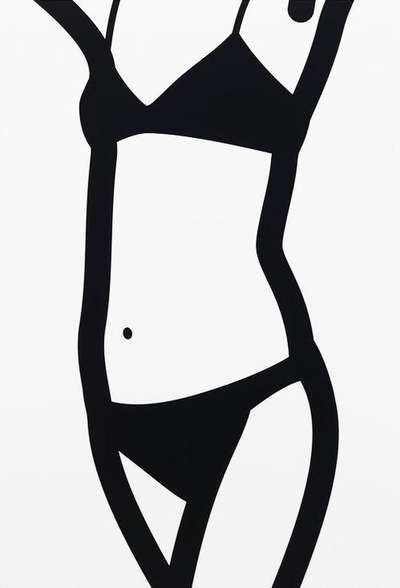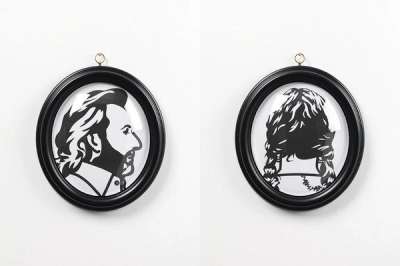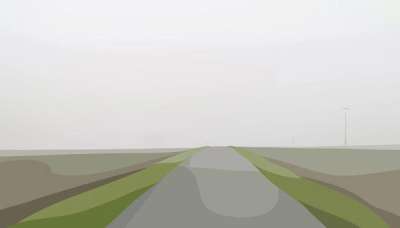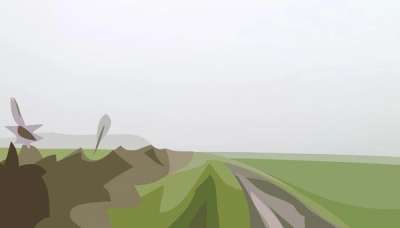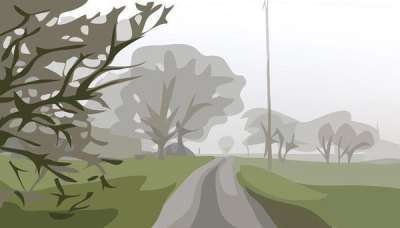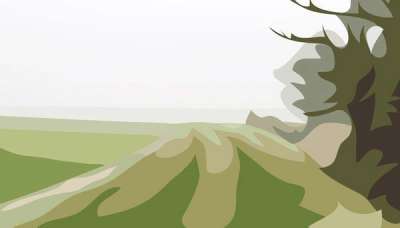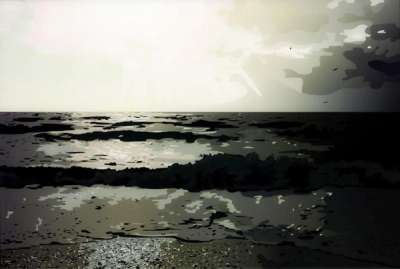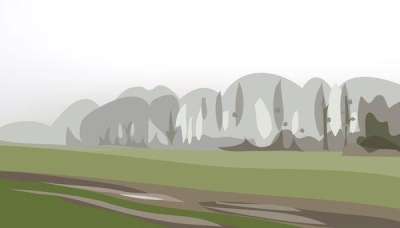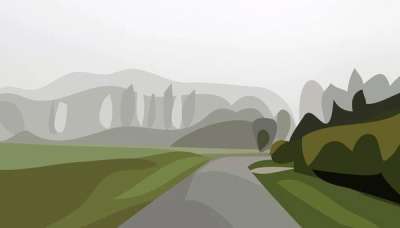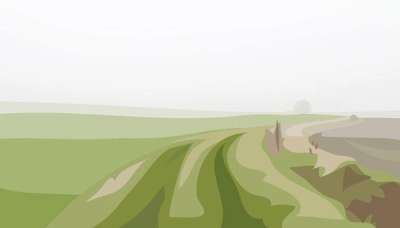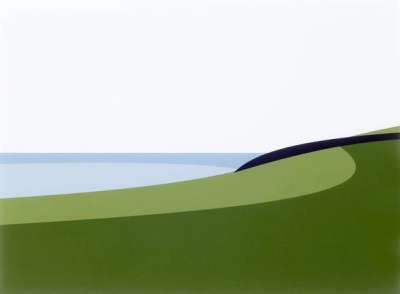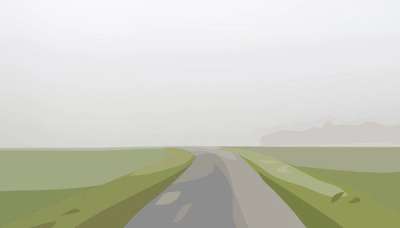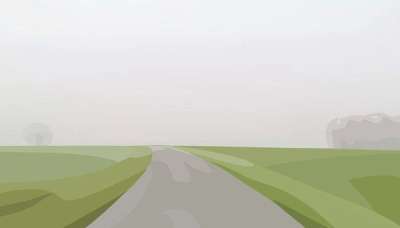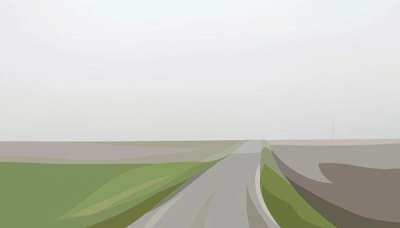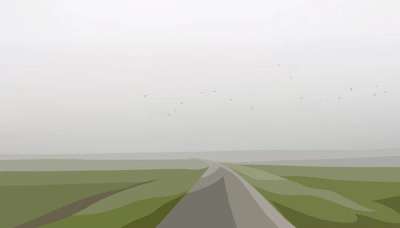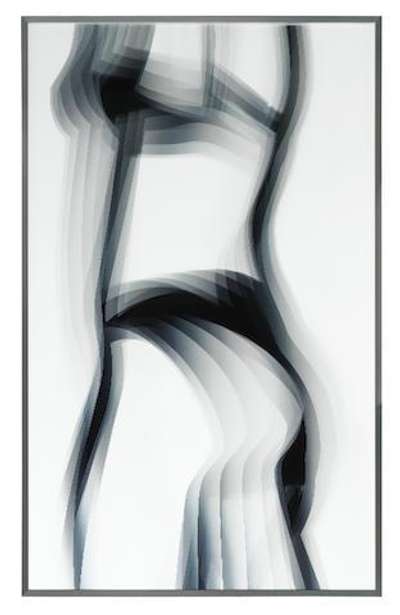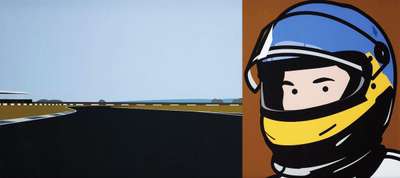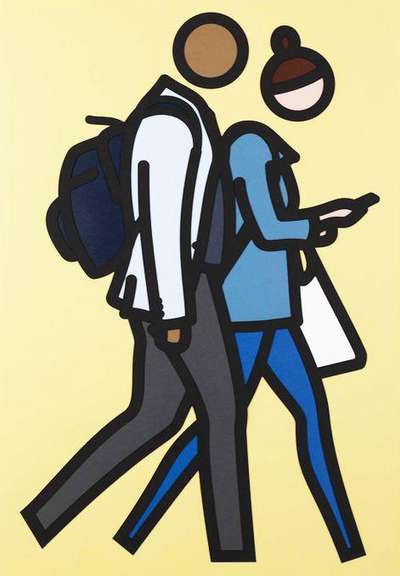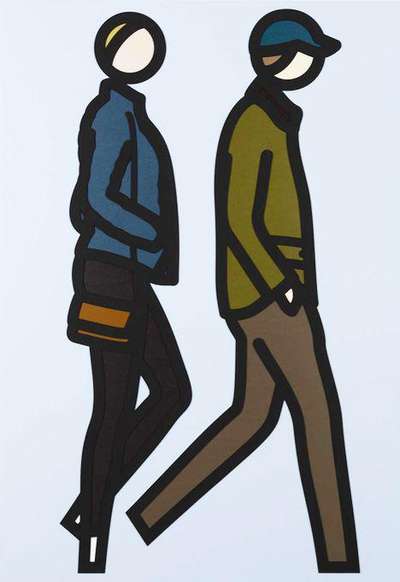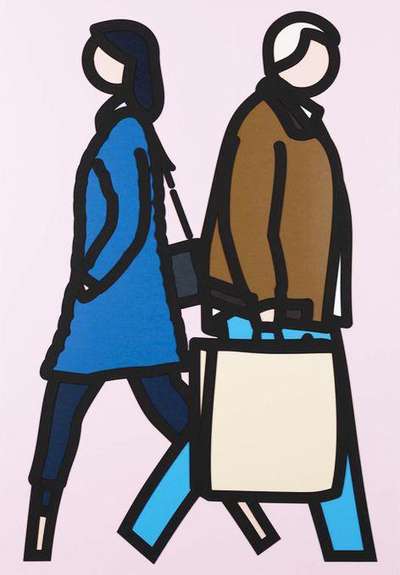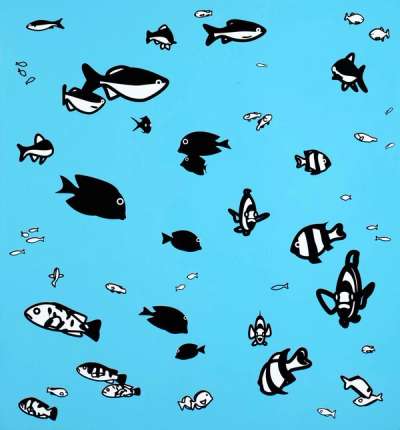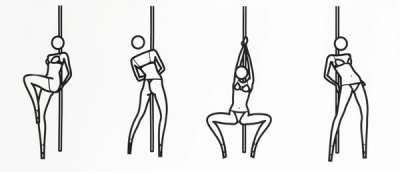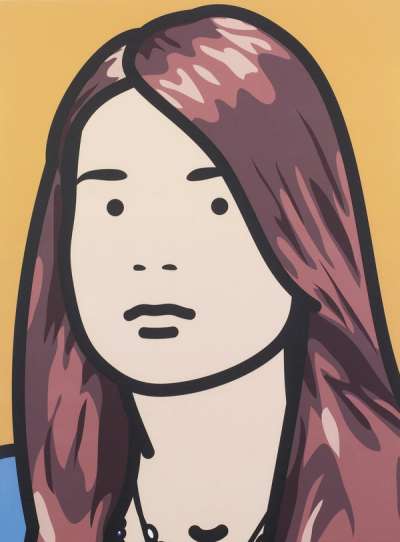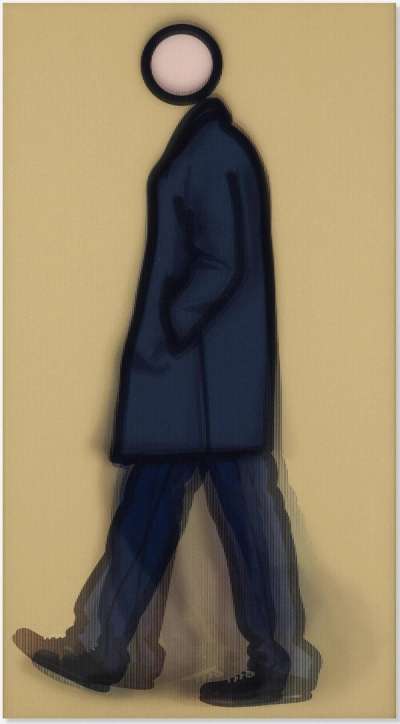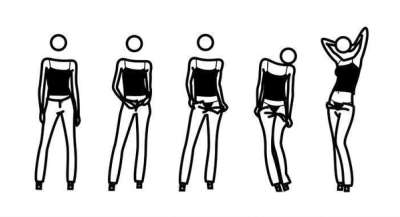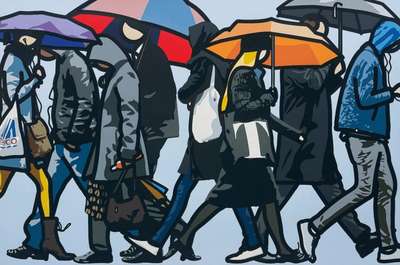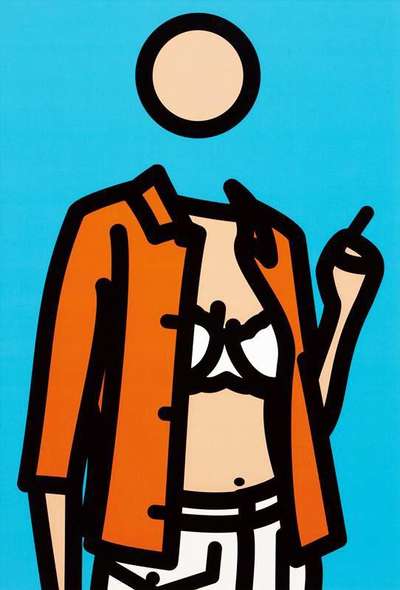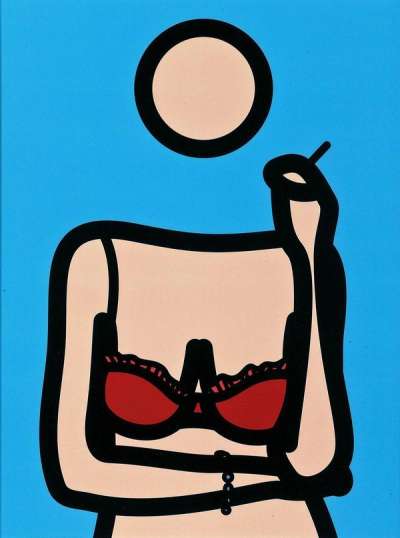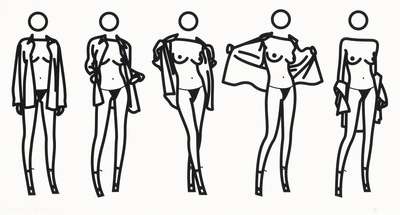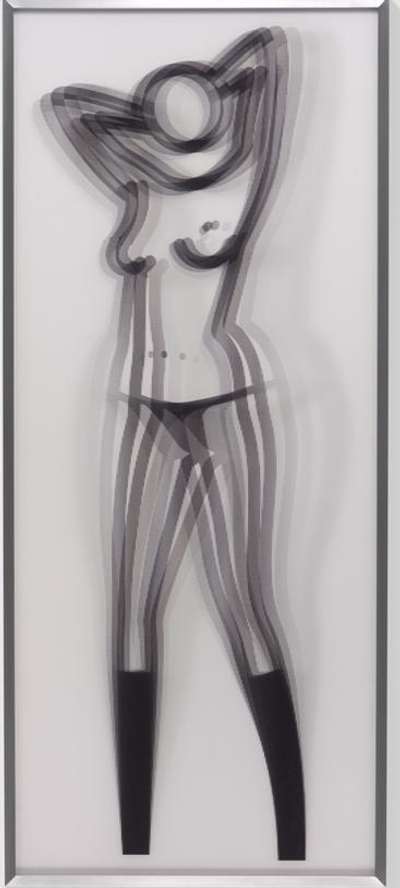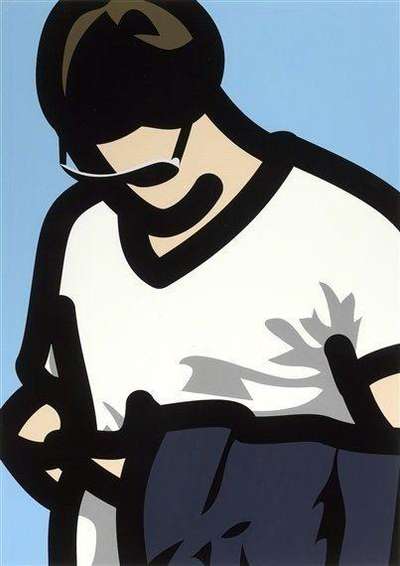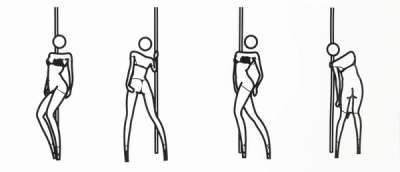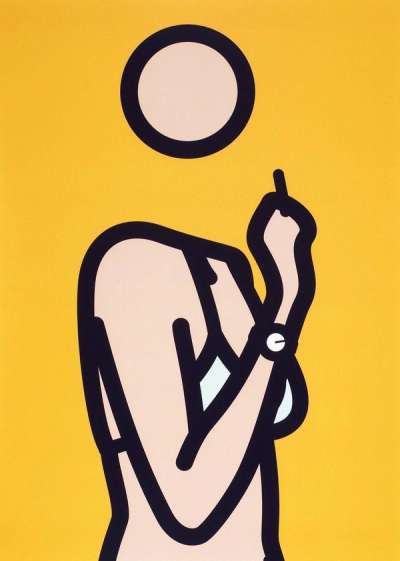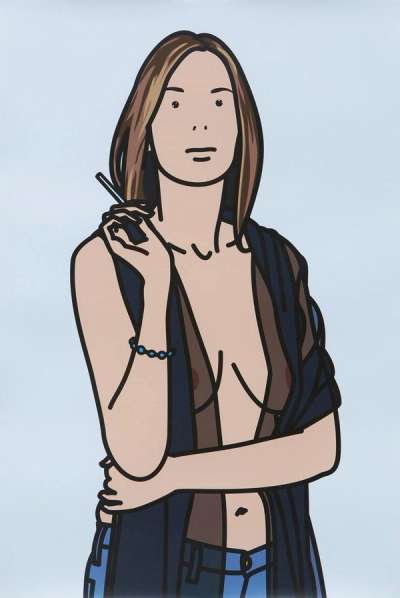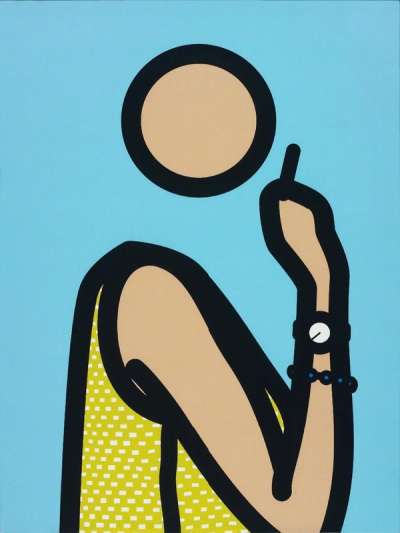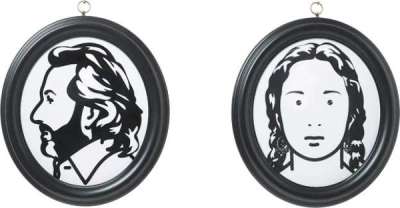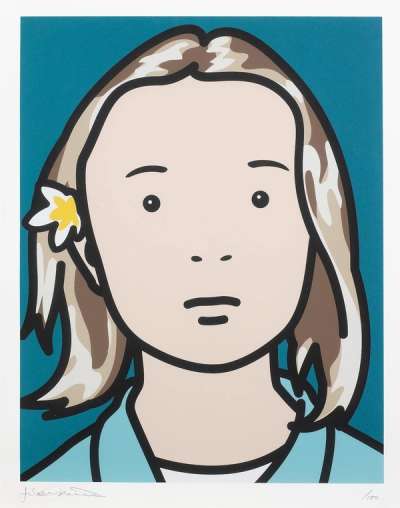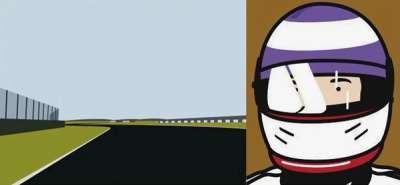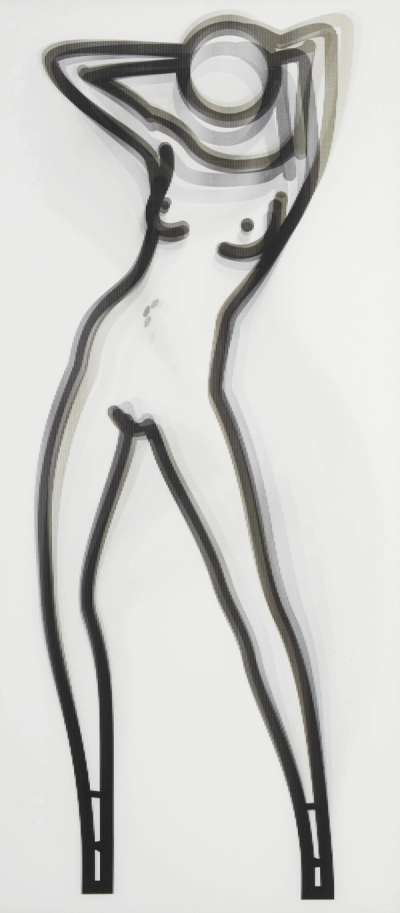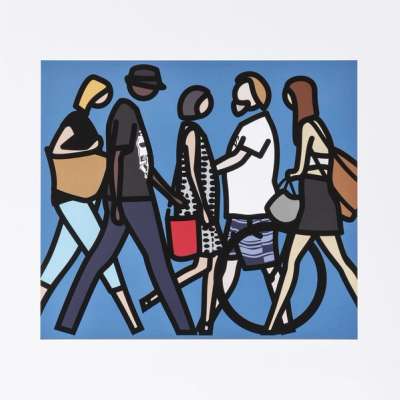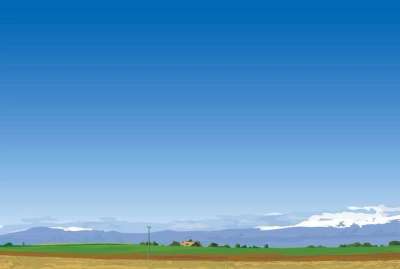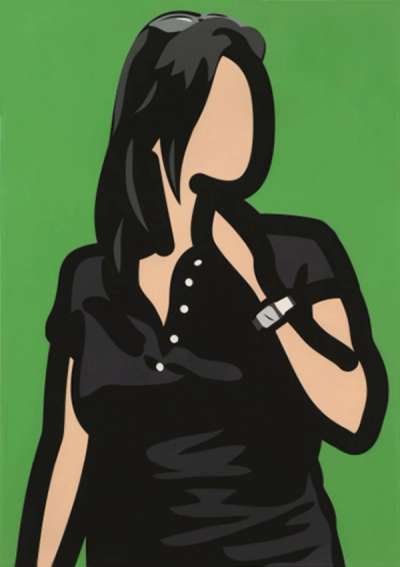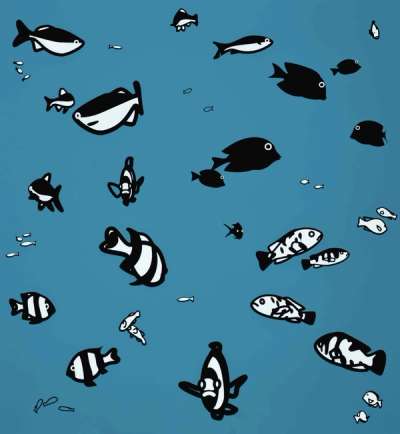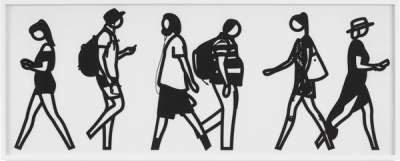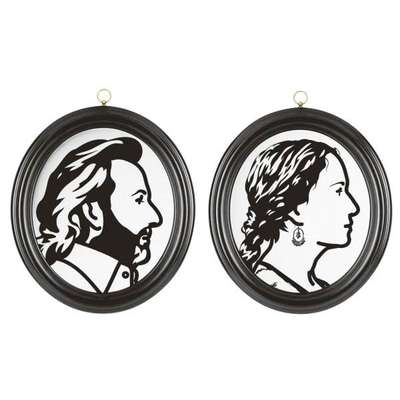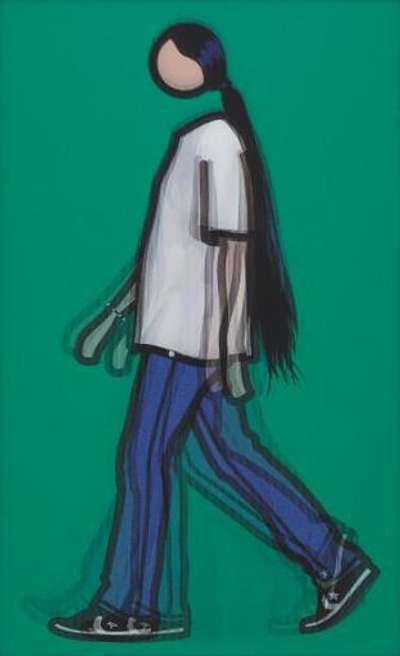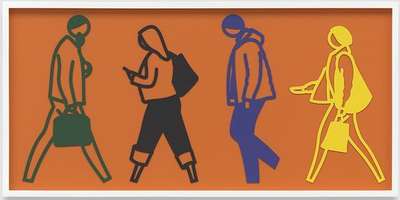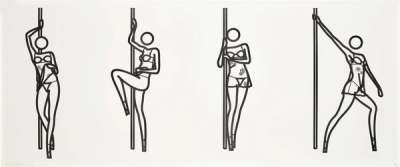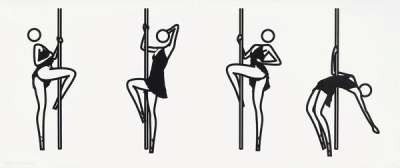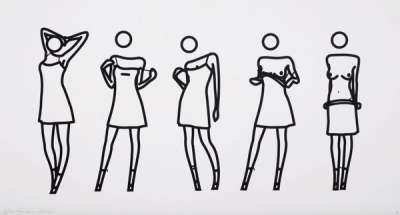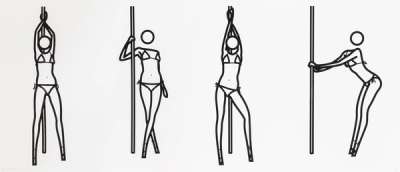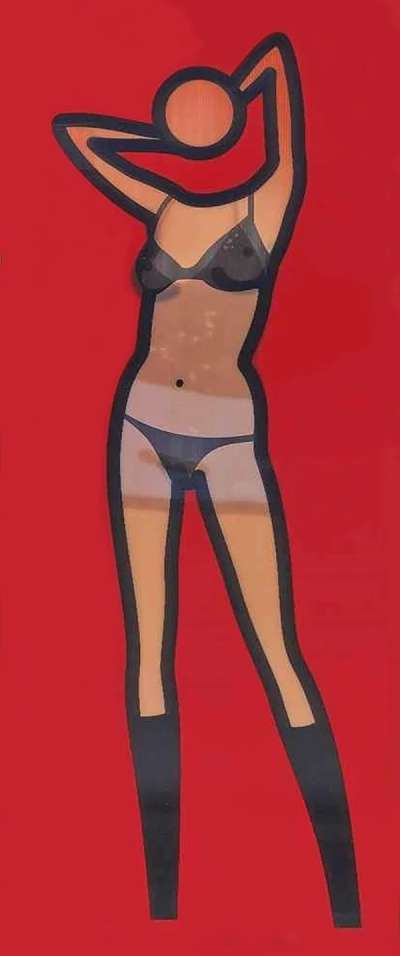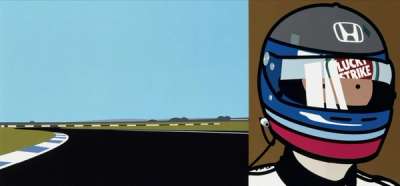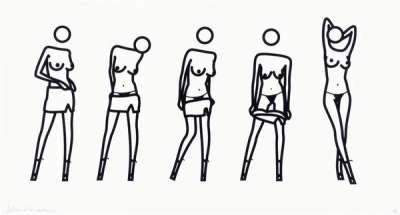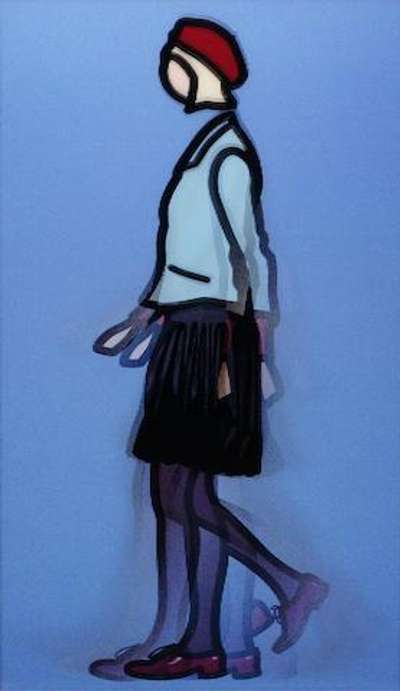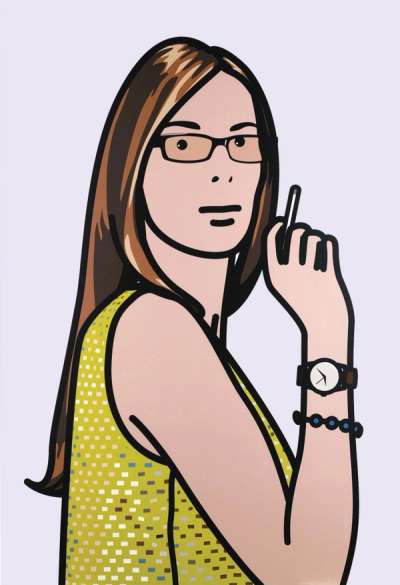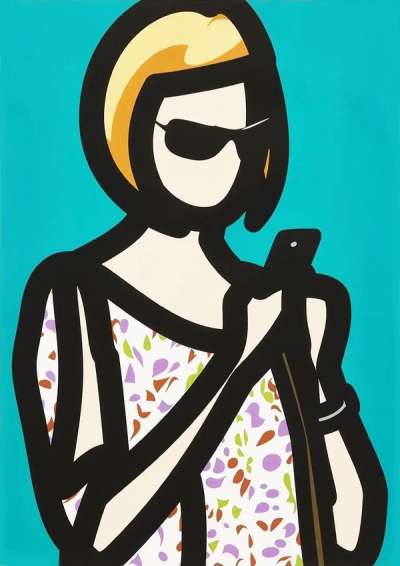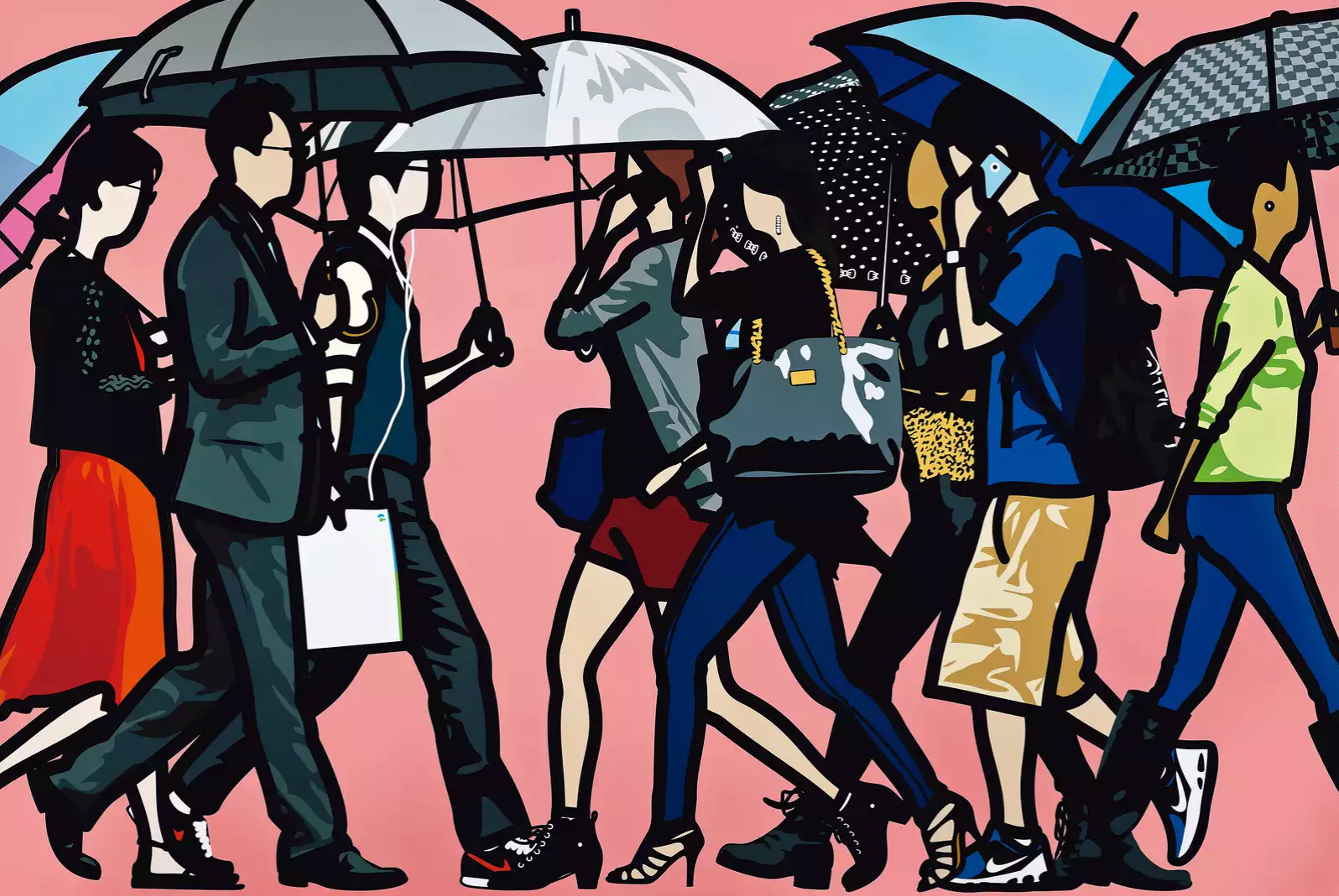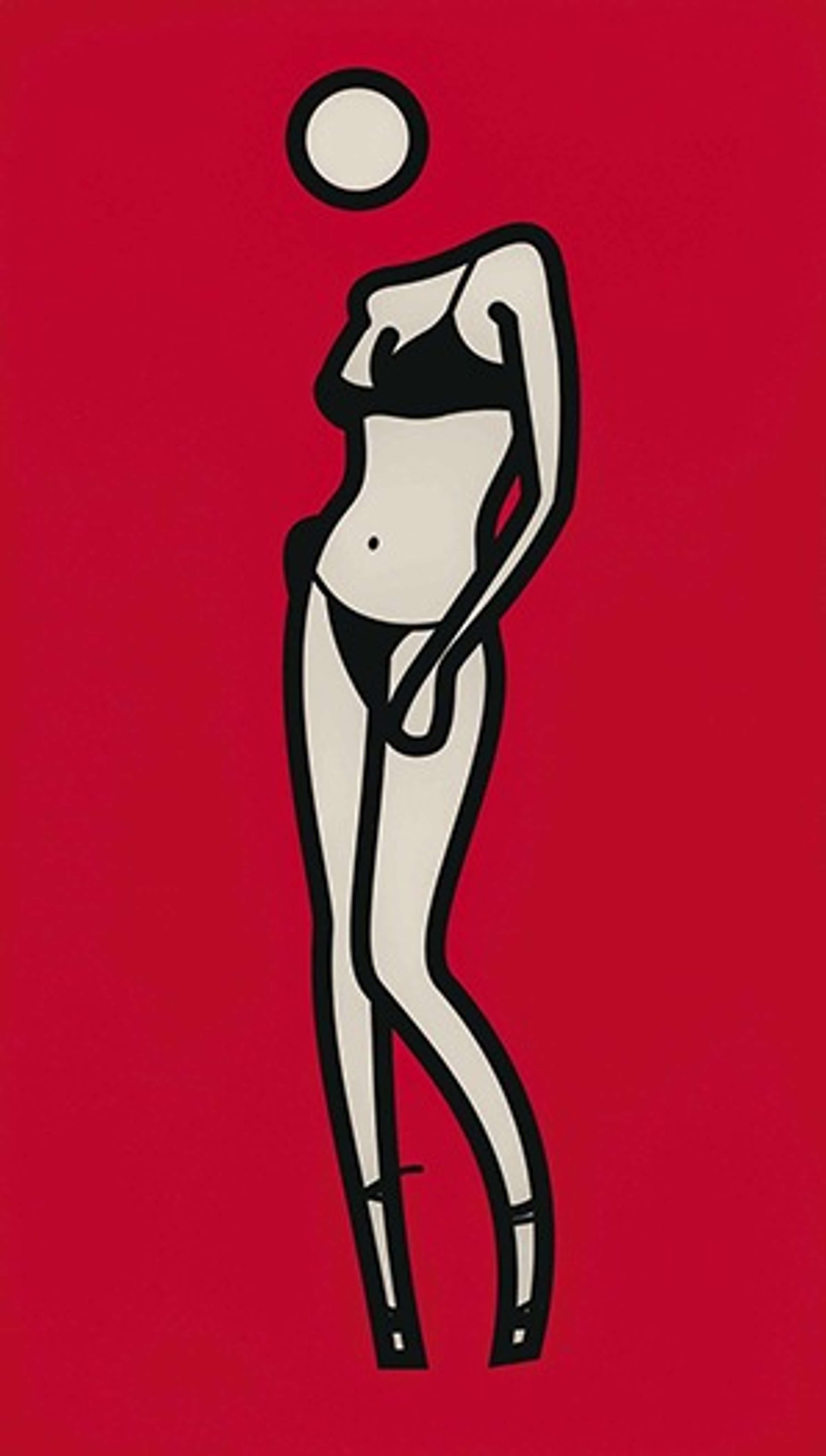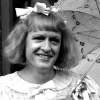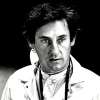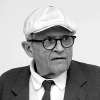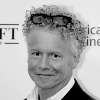Julian
Opie
A trailblazer of the New British Sculpture movement in the 80s, Julian Opie fuses Pop Art and sculptural minimalism. If you’re looking for original Julian Opie prints and editions for sale or would like to sell, request a complimentary valuation and browse our network’s most in-demand works.
Julian Opie art for sale
Discover Julian Opie prints for sale, exclusively available through our private network of collectors. Explore signed and unsigned screenprints, lithographs, digital prints, and rare editioned proof prints by era-defining blue chip artists.
Sell Your Art
with Us
with Us
Join Our Network of Collectors. Buy, Sell and Track Demand
Biography
The highly stylised blend of Pop Art and minimalism of British artist Julian Opie’s art has made him a key player in British contemporary art and a trailblazer in the New British Sculpture movement. The minimal style of his digital artworks is synonymous with the ‘Cool Britannia’ scene of the 1990s and 2000s. Today, Opie’s history of works includes paintings, prints, sculptures, LED lights and more.
An early biography about Opie sees him live an ordinary childhood, despite his economist father making regular appearances on BBC’s The Money Show. Born in London in 1958, Julian Opie grew up in Oxford, where he became fascinated with art and antiquities in the Ashmolean Museum. He soon discovered his love for drawing and making art, seeing his practice as 'a diary, a way of dealing with the world. Otherwise, I feel you’re locked here, behind your eyes.'
Opie’s subject matter ranges from the average unsuspecting civilian to Hollywood celebrities and touches on portraiture, images of landscapes, cityscapes and even wildlife images. Opie’s art explores these subjects through his instantly recognisable reductive approach. His images of people, for instance, are as much influenced by traditional portraits as they are by the universality of toilet signs.
The success of Opie’s work on the 2000 album cover for English rock band Blur propelled him to international fame. Opie’s works later expanded to create portraits of very prominent figures and patrons, including inventor James Dyson, Formula One driver Jacques Villeneuve and rock star Bryan Adams.
Out of all his works, however, it is his walking figures have become one of his most famous works and a central motif. In particular, Opie’s iconic Walking Figures sculptures have become a sensation and were exhibited at the Lehmbruck Museum in Duisberg, Germany. Another notable series from Opie’s artworks is his 2005 This is Shahnoza, where the pole dancer Shahnoza takes centre stage. Using his iconic motif, he transforms Shahnoza into nine monumental works portraying the dancer in various poses. Opie’s work was featured in the 2008 exhibition This is Shahnoza in 3 Parts at Alan Cristea Gallery.
